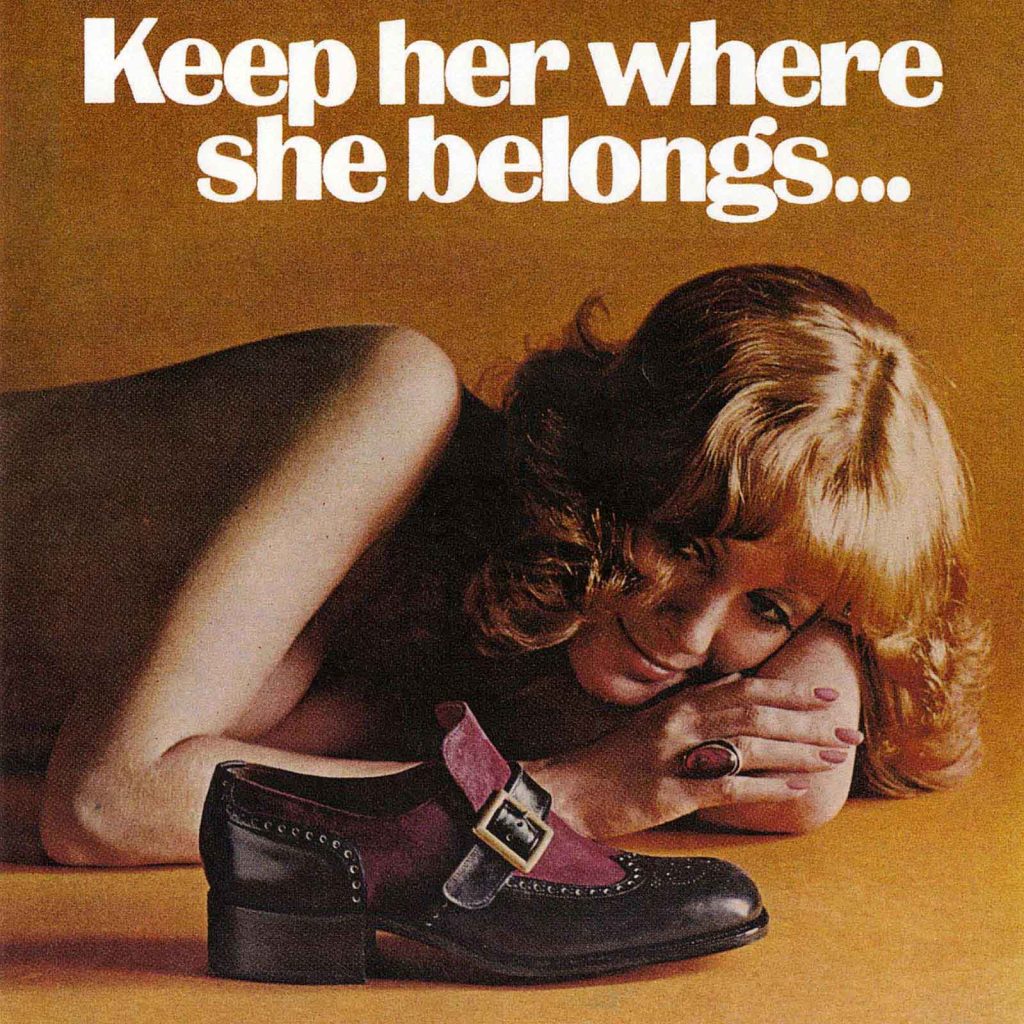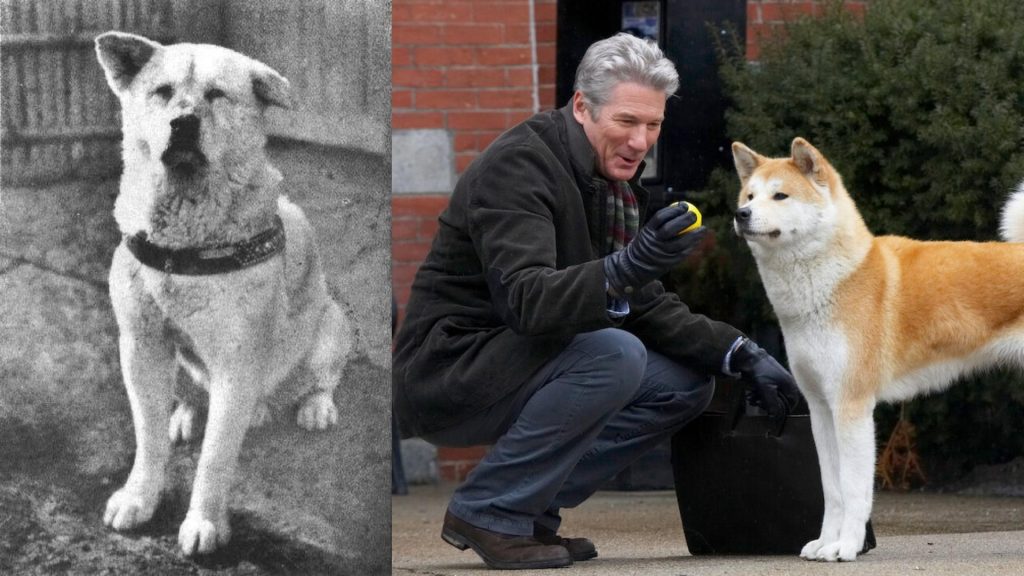Introduction: Deciphering the Power of Advertising

Advertising, a ubiquitous force intricately woven into our socio-economic lives, is a dynamic art that speaks to the very core of consumers. It delves into our psyche, reaching our hopes, dreams, goals, and fears. As we journey through history, we unearth a darker side of misogynistic advertising – one that propagated male chauvinism, sexism, and exploited women’s insecurities. This article unveils the pages of time, peering into the past to scrutinize offensive and misogynistic advertising, their influences, and the evolution of advertising ethics.
The Reflective Mirror: Vintage Ads and Cultural Values

Vintage advertisements serve as mirrors, reflecting the values of their eras. Early print ads were brazen, some unbelievably offensive by today’s standards. Imagine the uproar if these ads were displayed today. These archaic advertisements unearthed from the archives depict the stark reality of a different time, shedding light on societal norms that once prevailed.
The Unsettling Past: Offensive Advertisements that Stunned

Intriguingly, some of the most notorious advertisements were crafted with intentionality. In the era of “Mad Men,” advertisers recognized the power of controversy and sex appeal. These ads were successful in their goal: selling products, no matter the cost to societal norms. Complaints existed even then, but they were often dismissed.
An Era of Change: Shifting Paradigms and Contemporary Critiques

Modern advertisements still objectify women, yet they no longer enjoy the impunity of yesteryears. From the objectification of wives to blatant disregard, ads once commonplace are now subject to scrutiny. Even though offensive undertones persist, society has grown more vocal against them.
The Vintage Perspective: Brands in Question

Prominent brands perpetuated sexist ideals. Kellogg’s endorsement of a slogan like “The Harder A Wife Works, The Cuter She Looks” typifies this mentality. Similarly, the Volkswagen ad encapsulates the era’s gender stereotypes. Brands knowingly fostered such narratives to drive product sales.
Pseudoscience and Manipulation: Unveiling Dubious Advertising

Unbelievable pseudoscientific claims peppered advertising, like 7-Up’s preposterous suggestion to mix the soda with baby milk. Camel cigarettes further misled consumers by branding themselves as the “doctor’s favorite brand.” Such manipulation preyed on consumers’ vulnerability and gullibility.
A Glimpse into the Future: Advertising’s Evolution

Advertising is now more accountable than ever. Despite lingering controversies, modern advertising strives for inclusivity and sensitivity. Society’s progress ensures that the oppressive ads of the past will never regain their foothold.
Conclusion: A Chronicle of Progress and Change

The evolution of advertising reflects a broader societal shift. From outright misogyny to the push for gender equality, advertising mirrors our journey. As we tread into the future, let us remember the lessons of the past and champion responsible advertising that uplifts, rather than belittles.
While they may have been common, it’s essential to acknowledge that social norms have evolved significantly. What was once deemed acceptable can be seen very differently today.
Yes, there were objections, but the limited avenues for expression made it easier for companies to ignore such protests.
Modern ads have gradually embraced diversity and inclusivity, moving away from overtly sexist content.
The “Mad Men” era exemplified a time when advertisers understood the allure of controversy and shock value. This era left an indelible mark on the advertising landscape.
While complete eradication might be a lofty goal, progress is evident. As society becomes more aware and vocal, brands are pushed to rethink their misogynistic advertising strategies.
Source: Library of Congess, National Archives, PickChur



